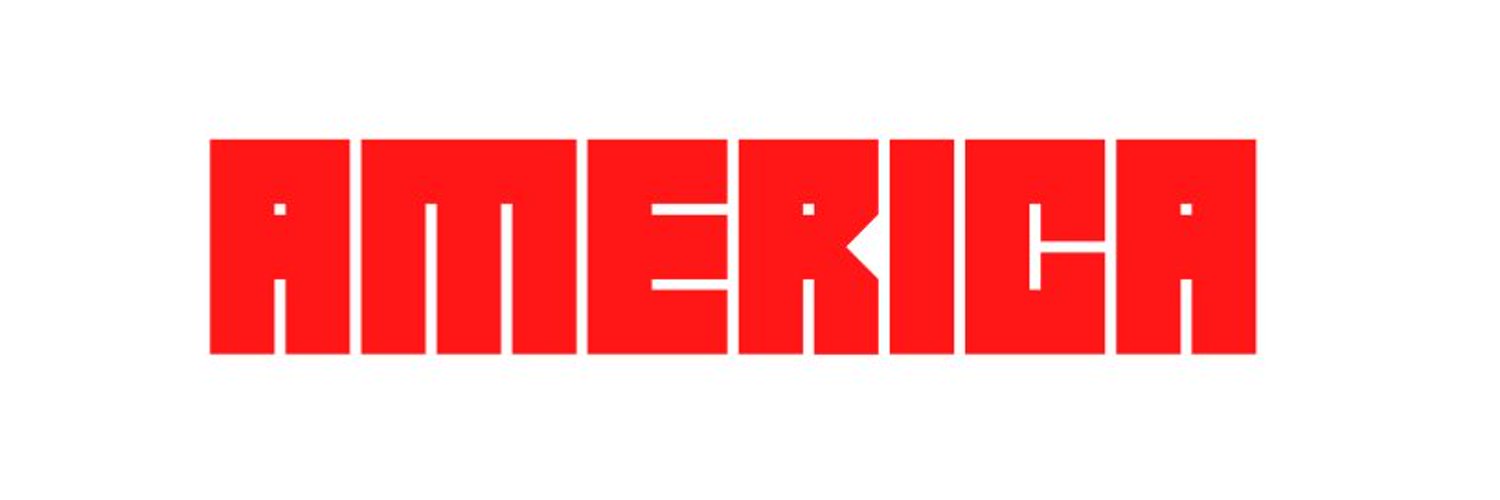What exactly is business casual clothing?
It sounds easy to dress in business casual. You won't have to worry about what to wear to work with this dress code, after all, right? Not exactly.
This dress code policy is really a common cause of misunderstanding for employees. It's also not their fault because there isn't a precise, accepted definition. In various businesses, locales, and industries, the term "business casual" may have diverse connotations. Additionally, it might be difficult to distinguish between "business" and "business casual" due to their small changes.
There may be numerous versions of proper clothes when working remotely, and what you wear while working remotely may differ from what you wear while working on-site.
When in doubt, it is preferable to err on the side of overdressing rather than underdressing. Where does the line, though?
Learn what to wear—and what not to wear—in the office and during job interviews, as well as ideas on what men and women should wear while wearing business casual.
Basics of Business Casual Dress
Dress Code for Women
- Wear conservatively sized skirts or pants made of cotton, corduroy, twill, or khaki.
- Cardigans, sweaters, twinsets, and knit or polo shirts
- For a business outfit, choose a sheath silhouette.
Remember that plain hues are typically preferred to hectic or striking patterns.
What Men Should Wear
Men should wear formal chinos or pants, a button-down shirt, black socks, and dress shoes for business casual occasions. Even if they are appropriate for the position in question, avoid wearing polo shirts to an interview. Do not dress in shorts or jeans. Athletic socks should also be avoided.
You may establish excellent status in a new role by doing the following:
- beautifully pressed khaki, gabardine, wool, or cotton pants
- ironed long-sleeve cotton shirts with buttons.
- Sweaters
- Brown and black leather shoes
- a brown and black leather belt
- a variety of ties
What Not to Wear
It is inappropriate to wear your favorite worn-out T-shirt, torn jeans, worn-out shoes, or flip-flops when the dress code is business casual. Keep in mind the "business" component of business casual and wear professional attire instead of your old, comfy clothing.
Additional Dress Regulations
If there is no dress code, what should you wear?
When there is no dress code at all and virtually anything is acceptable, what do you wear? How casually can you go? When there is no dress code at all, here are some suggestions for men and women on what to wear to work for job interviews.
Main Points
- Business casual isn't clearly defined, so adhere to the norms in your workplace and in your sector.
- No matter how casual your business is, some clothes are never acceptable, such as ratty or wrinkled things.
- When in doubt, choose more formal clothing over more informal attire.





